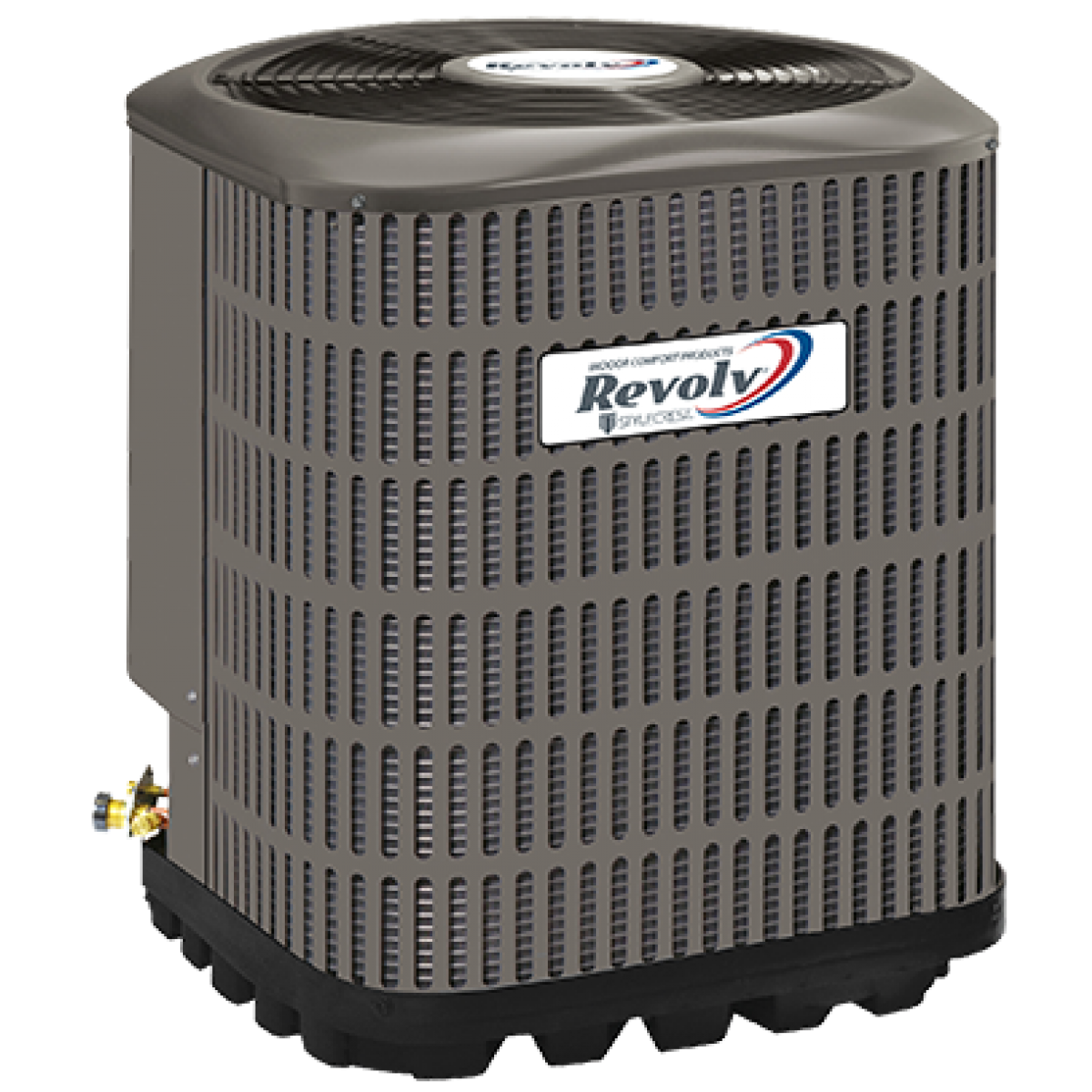HVAC (Heating, Ventilation, and Air Conditioning) techniques work by controlling the temperature, humidity, air high quality, and airflow inside a constructing or enclosed house. These techniques are designed to take care of a snug and wholesome indoor setting. Here's how Helpful site works:
1. Heating:
During the heating season, the HVAC system extracts warmth from a heat supply and distributes it all through the constructing. There are different varieties of heating systems, together with:
Furnace: Furnaces use natural fuel, oil, electrical energy, or different fuels to generate warmth. The warmth produced warms the air, which is then distributed by way of ducts using a blower.
Boiler: Boilers warmth water to provide steam or scorching water, which is then circulated by way of radiators, baseboard heaters, or radiant floor methods to supply warmth.
Heat Pump: Heat pumps can present both heating and cooling. They transfer heat between the indoor and outdoor models, extracting heat from the outside air (even in chilly weather) and pumping it indoors.
2. Ventilation:
Proper ventilation is crucial for indoor air quality. HVAC techniques provide ventilation by exchanging indoor air with fresh out of doors air. Ventilation systems remove pollution, management humidity, and replenish oxygen. There are totally different methods of ventilation, including:
Natural Ventilation: Opening home windows and doors to let fresh air in and rancid air out.
Mechanical Ventilation: Using followers and ducts to control the flow of air, guaranteeing enough air flow in varied elements of the building.
three. Air Conditioning:
During the cooling season, HVAC systems remove heat from indoor air and launch it outdoors. Air conditioning systems use refrigerants to chill and dehumidify the air. The cooling process includes several elements:
Evaporator Coil: Warm indoor air is blown over the evaporator coil, the place the refrigerant contained in the coil absorbs warmth from the air. The cooled and dehumidified air is then circulated again into the building.
Condenser Coil: The refrigerant carrying the absorbed warmth is pumped to the outdoor unit (condenser), the place the heat is released into the outdoor air.
Compressor: The compressor will increase the pressure and temperature of the refrigerant, facilitating the warmth change course of.
Expansion Valve: The growth valve reduces the strain of the refrigerant, causing it to broaden and cool quickly, preparing it for the following cycle.
4. Air Distribution:
HVAC systems use ducts and fans to distribute conditioned air all through the building. Ductwork carries heated or cooled air to various rooms, and followers ensure the right circulation of air.
5. Thermostat Control:
A thermostat acts because the control middle of the HVAC system. It senses the indoor temperature and, primarily based on the set temperature, signals the system to warmth or cool the air till the specified temperature is reached.

Regular maintenance, proper sizing, and proper installation are essential for the efficient operation of an HVAC system, making certain optimal comfort, power effectivity, and indoor air quality..
